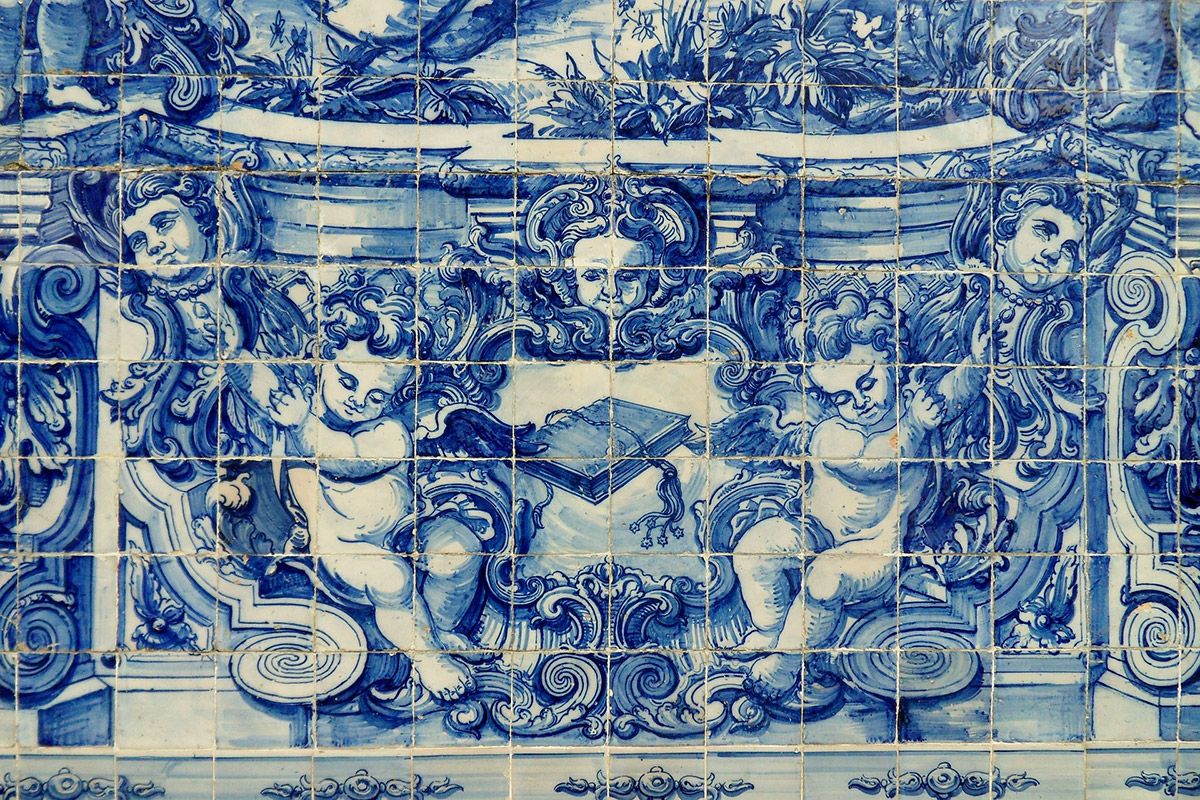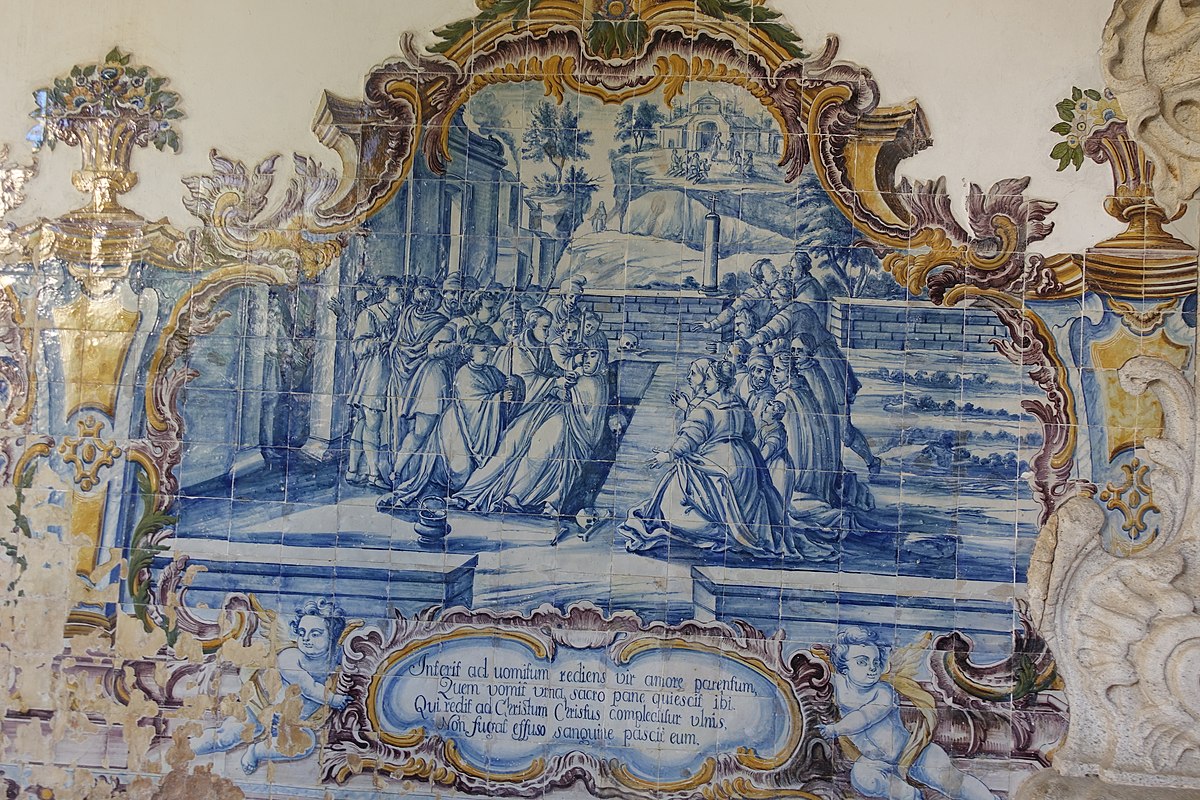While ornamental trim tiles may appear to be a recent development in the tile market, they have been there for a long time. Listello decorative tiles appeared as a perfect innovation and invention for interior designers, and here we want to have a brief history of listello.
After many years of plain, white, bone, and almond tiles, tile showrooms have been revitalized with vibrant colors and a larger assortment of trim.
Listello is derived from the Latin verb listare, which means to the border. Rome made significant contributions to the organization and commercialization of the ceramic tile industry in the first century AD.
Still, it did not create the use of thin tile strips to accent broader fields of plain tiles. That happened much earlier. Although the precise age may never be known, trim tiles have been found in China, what is now Iraq, Egypt, and other locations that date to at least 4,000 years ago.
Stone mosaic compositions were possibly the first, before ceramic tiles, to employ contrasting pieces to highlight or divide a tile installation.
It would not have been too difficult to employ contrasting materials to help identify or define an individual or group space without written records when flat stones were frequently used as domestic pavement materials.

The practice of defining a floor or wall space with listellos, moldings, and other manufactured trim pieces was widespread two thousand years ago when there was a thriving global trade in all things tile and ceramic, but because they were so expensive, highly finished stone or ceramic tiles were only used by rulers, the church, or the very wealthy.
The history of the design, manufacture, and installation of ceramic tiles is a fascinating and in-depth subject that sheds light on the lives of people whose names may have passed into history but whose skills produced the historical works that attract visitors to locations all over the world.
The Tile Heritage Foundation is a great source for anyone interested in tile history. The first three photographs in this post were taken from manufacturers’ catalogs published between 1920 and 1937. Their inventory of titles is a delight for anyone who loves tile.
The rope design is a celebration of a product that is fairly simple to us but was once a technological marvel. Many listellos are patterned like vines or some other motif of nature. Strong rope enabled us to build corrals, catch game without killing, and eventually domesticate animals.
When used in conjunction with the wheel, twisted or braided string and rope provided one man the power of many, enabling civilization to advance. It is understandable why it is praised for its ornamental qualities.
But was the concept originally replicated by a craftsman who used skillfully twisted rope to space out succeeding courses of wall tiles and noted that the tile glue had permanently molded the rope’s reverse pattern when the rope was removed? Or was it the brainchild of a designer who thought to arrange the twist so it would flow from one tile to the next?
Despite variations in size, form, style, and color, the rope motif is still highly popular.
In the 1920s mastered the dust-press technique for non-vitreous tiles.

Tile installations and the border between tiles and other finishing materials like wood, plaster, wallboard, and metal were both detailed with the help of these trim shapes. Ceramic tiles were more widely available thanks to advances in manufacturing, but they were still only used in very big institutional structures and large commercial undertakings. Residential real estate was not yet a dominant force.
But if you were constructing a hospital, you could choose from an amazing variety of ceramic tile trim forms that would cover every square inch of every floor, wall, countertop, and ceiling, in addition to permanently set concrete.
There were available exam tables, patient bedding, holding and examination areas for autopsies, operating tables, doctor’s workstations, benches for waiting areas, and other architectural features, such as trim for light and vent fixtures a variety of door and window types.
At the time, it was intended to provide patient, surgical, and laboratory rooms that could be completely steam-sterilized between usage once the soft furnishings like curtains, throw rugs, and toweling were removed. The trimmings on this page could have been used to finish and detail the interior of a refrigerator or freezer locker in addition to their medical use.
You can find an older catalog that caters to the home wall tile industry with its various profiles, forms, and affordable rates. Simple tile installations were given some life on a budget with the help of thin beadings (listellos). Keep in mind that some of the moldings and beads are hollow.
This hollow tile could gather moisture when installed in a damp environment, encouraging mold or mildew development.
Although we don’t have the extensive selection that buyers of 1920 tile did, these trims are comparable to those we can currently obtain on the market.
While hollow shapes, when utilized empty in moist environments, are notorious for encouraging the spread of mold and mildew, solid decorative pieces do not require any specific installation considerations.
The best options for wet areas are porcelain-body tile and trim because they are less likely to harbor mold, but even hollow porcelain trim forms can retain moisture. To achieve the greatest results and significantly reduce absorption, I fill hollow border or accent tiles with bonded mortar before installation. A hollow tile’s impact strength is also significantly increased by filling it.

Filling a hollow tile is simply one element of the answer when strength is a concern. The trim tiles need to be sturdy and installed with extra support when I know an installation will be bumped around, like chair-rail molding on top of a wainscot wall. The high-impact strength porcelain trim tile will be properly supported thanks to the bonded mortar bed.
The chair-rail tiles are firmly anchored by long backer board screws that are partially inserted through the backer boards and into 2x blocks.
I start with the structural stage and ensure that sturdy 2x blocking is built at the height of the chair-rail tiles to guarantee that the chair-rail tiles remain attached to the wall. I partially put long backer board screws into the walls after the membrane and backer board had been installed so that their protruding heads would act as an anchor for the mortar filling the trim.
The notion that listellos, liners, and border tiles are contrasting decorative components is common. However, it is not necessarily the case. Instead of starting with a full-size 12-inch tile for the bathroom floor and cutting 1-inch off the 12-inch tiles set over the cove tiles for the shower floor, I set full tiles over the cove tiles for the shower.
I made the difference outside the shower area with off-site liners from off-cut waste. Most consumers consider this an aesthetic rather than a layout correction. These tiny pieces of tile that we refer to as listellos, borders, and molding have such power.











Your comment submitted.